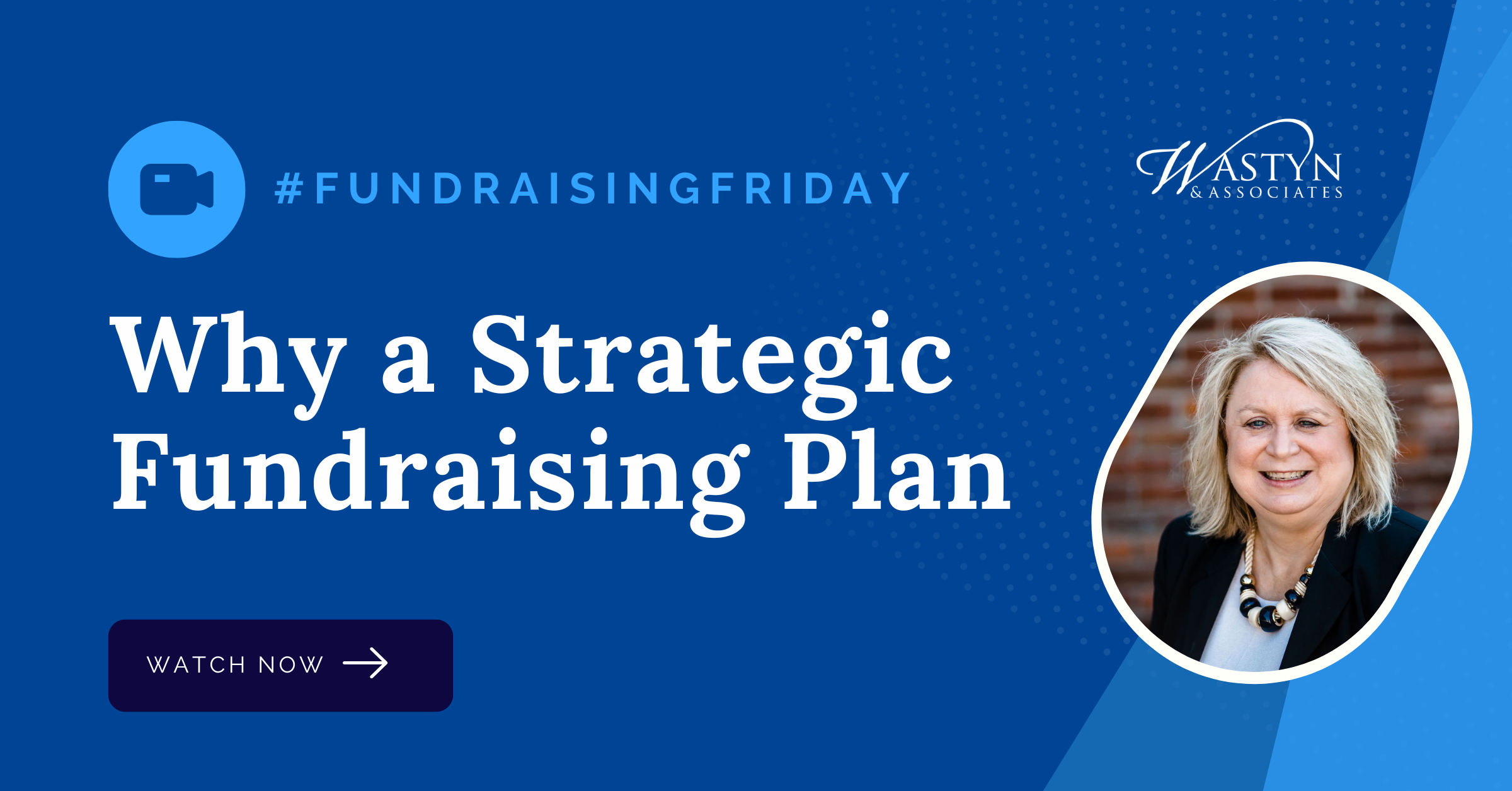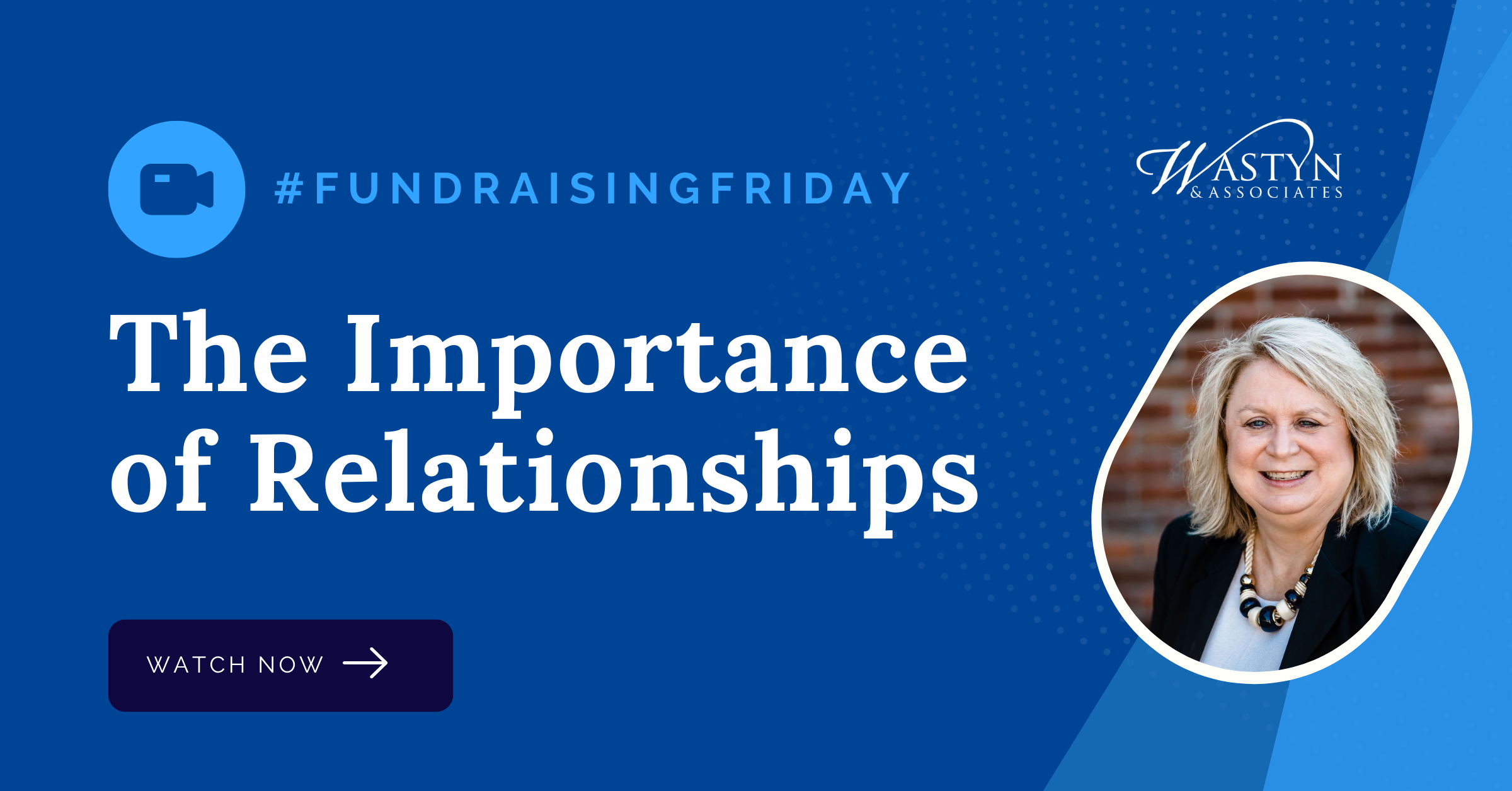The State of Quad Cities Nonprofits Part I: The Data
The Chronicle of Philanthropy recently reported that giving fell by 6% nationally during the second quarter of 2020 compared to last year and that from March through May of this year, 13% of the nonprofit workforce lost their job. To add to your malaise: About one-third of nonprofits did not survive the last recession; predictions point to a similar fate this time.
After looking at these national statistics, I wondered how local nonprofits have fared since March. Those of you who know me know that I LOVE data! So, I put my data geek hat on and asked.
I sent a survey to my mailing list in mid-June and asked how the pandemic has impacted your organization and what you foresee in the next 6-12 months. Representatives of 48 organizations completed the survey. While I cannot vouch for the representativeness of these data, they give us a glimpse into the state of the local sector as we move into the second half of 2020 and provide a place to start a broader conversation about nonprofit recovery and resilience.
Every organization who completed the survey operates in Iowa or Illinois with 80% from the Quad Cities so the data show the local experience. They represent all nonprofit sectors: 40% from human services, 21% from arts and culture, 17% from community or economic development, 12% from education, and 11% from health. This generally mirrors the concentration of nonprofit sectors nationally.
Here is what the data shows.
43% of organizations significantly cut services or pretty much shut down during the pandemic with about an equal number experiencing each situation. The impact on services disproportionately impacted different sectors although at least one organization from each sector continued to operate at pretty much normal levels.
70% of arts and cultural organizations significant cut services (20%) or half pretty much shut down (50%)
35% of education-related nonprofits shut down as did 25% of community or economic development agencies and 20% of health-related organizations
Only no human services agency did not shut down, although about one-third significantly cut services
Given the extent of the stay-at-home orders and school closings, these results should not come as a great surprise.
64% of organization either raised significantly less money than during the same time last year (55%) or raised virtually nothing (9%). About half of the organization in each sector raised less than last year. 10% of arts and cultural institutions, 20% of health organizations, and 25% of community or economic development agencies raised virtually nothing. Interestingly, about 25% of community and economic development organizations also raised more than last year as did 20% of health-related nonprofits and 10% of human services agencies.
Raising more money and strategically planning your long-term and short-term futures emerged as the top priorities for the next 6-12 months. You saw fundraising from individual major donors as your top fundraising priority. Interestingly, 40% of arts and cultural organizations predicted a need to constrict staff as did 17% of educational institutions, 21% of human services agencies, and 20% in health.
So, what does this mean? When considering the national and local data and best practices, I draw four conclusions:
The pandemic and resultant economic downturn has already hurt the local nonprofit sector. The survey did not delve into the extent of injury, but with 20% of organizations predicting they will need to constrict staff, layoffs will likely hit the sector if they have not already. Anecdotal evidence suggests that organizations that received relief funds such as the Paycheck Protection Program may have forestalled layoffs rather than prevented them. To paraphrase Paul Harvey, the next few months should tell “the rest of story.”
Emergency funding – whether through the government or local foundations – has not replaced all the money that nonprofits lost during the second quarter of the year. Not surprising, arts and cultural institutions lost the most as a sector and will likely need continued support to fully rebound, although organizations in nearly every sector felt the pinch.
While two-thirds of organizations raised less, one-third raised the same amount or more, showing that successful fundraising can occur during these trying times. Every sector had at least one organization who raised the same amount or more, showing that people gave to more than just basic needs. While the survey did not ask how they raised funds, best practice would suggest that these organizations kept their donors engaged and asked for money! (My heart sings to see organizations prioritize major gift fundraising moving forward!)
Organizations in all sectors continued to offer services, pointing to the importance and ability of all types of organizations to adapt and change to the new realities. Creativity will ultimately create resilience in our nonprofit sector and for our local agencies.
That said, each organization has a different need and approach to fundraising and organizational development, now and in these trying times. What can you and your organization do to build your resilience and survive this crisis? The next Nonprofit Tips and Tidbits will provide some suggestions. Stay tuned!











With 30% of all donations made during the month of December, how you finish the year with your appeal strategy might make or break your fund development goals and your organization's budget. These tips can help you end the year strong to maximize the revenue you raise.